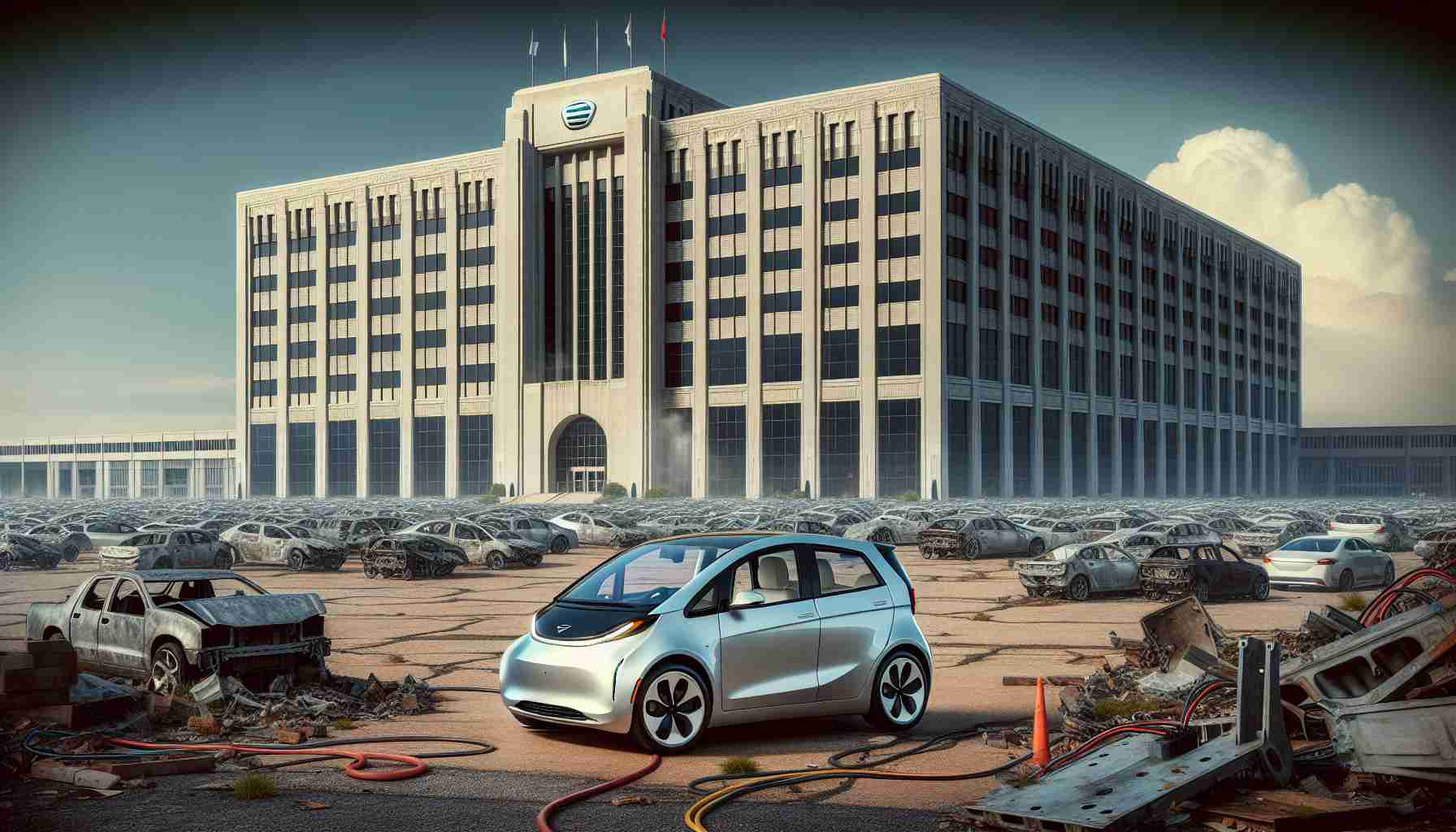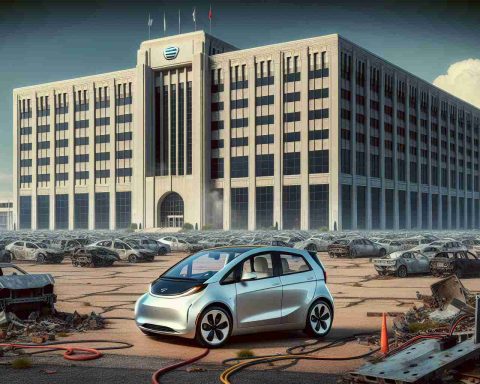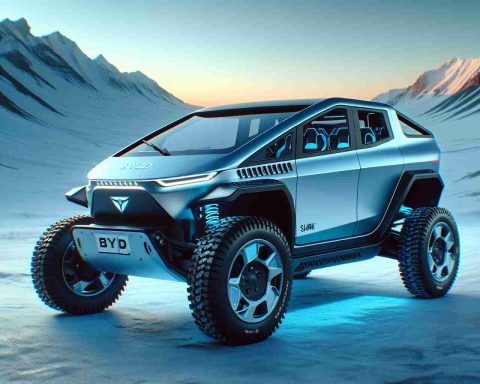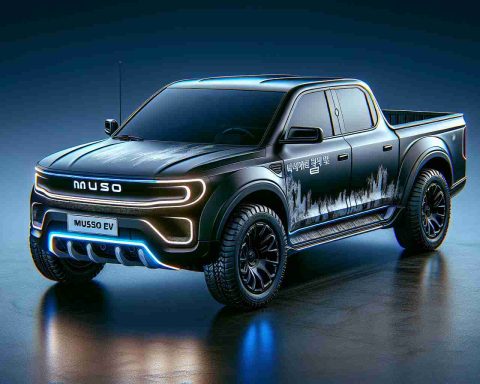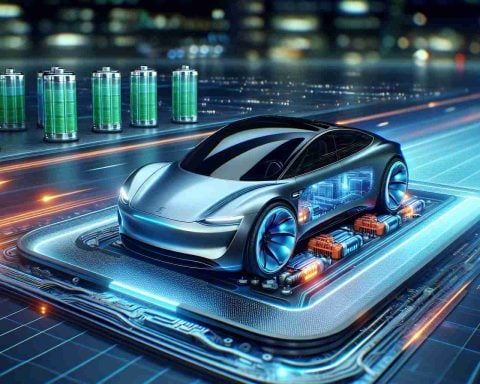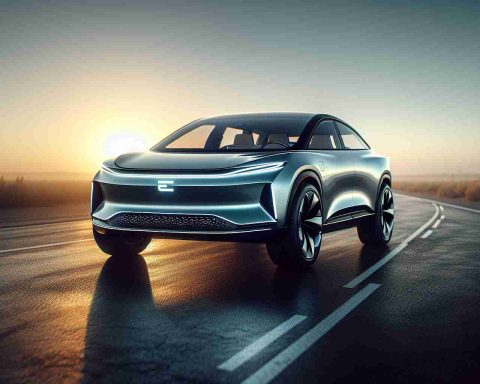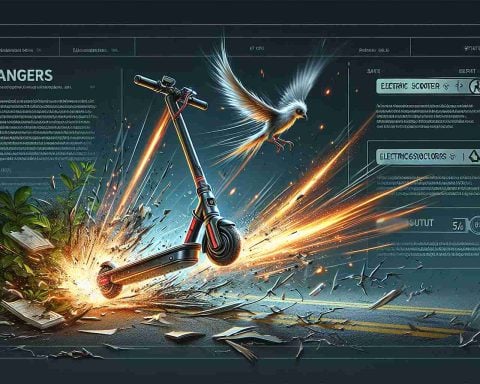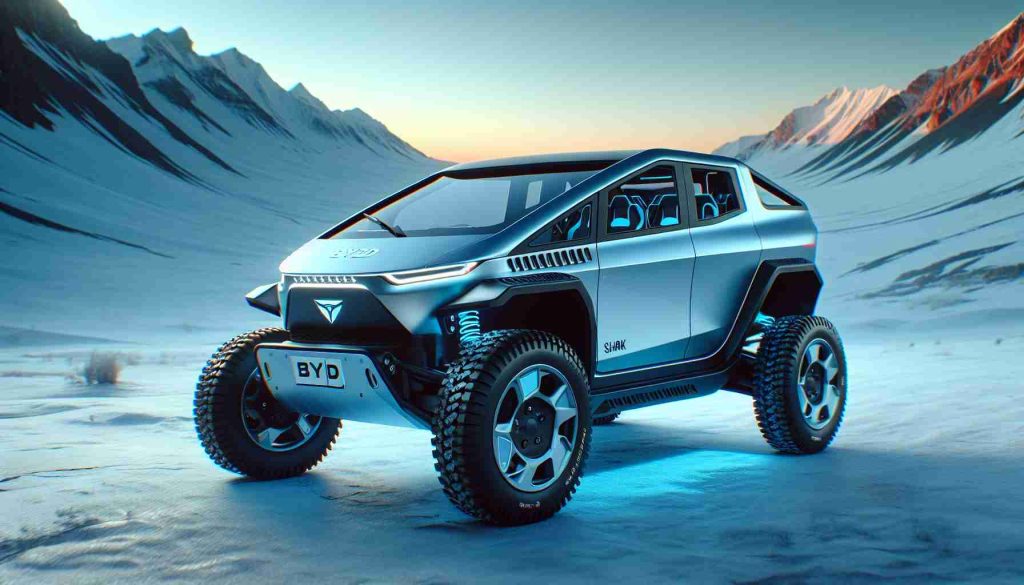- Porsche plans to reduce its workforce by nearly 2,000 roles by the end of the decade, focusing on voluntary exits to achieve leaner operations.
- This strategic move comes amid declining electric vehicle demand and economic challenges, as Porsche balances its renowned combustion engines against shifting market dynamics.
- In China, Porsche faces increasing competition from local brands, impacting its sales performance in a crucial market.
- Porsche’s strategy includes maintaining a mix of traditional combustion engines with newer plug-in hybrids to stay competitive.
- Volkswagen, Porsche’s parent company, is considering changes to its combustion models, reflecting potential broader industry shifts.
- The automotive industry is experiencing a recalibration of expectations around electrification, emphasizing the need for agility and adaptation.
In an ambitious bid to navigate turbulent times, Porsche races alongside its parent, Volkswagen, towards a future marked by leaner operations. The revered German carmaker plans to pare down its workforce by nearly 2,000 roles by the close of this decade, opting for a strategic approach amidst faltering electric vehicle demand and tightening financial belts.
The workforce reduction at Porsche’s famed sites in Zuffenhausen and Weissach aims to trim headcount by 15% through voluntary exits—an exercise in finesse over force. As electric aspirations waver, Germany’s automotive icon steers cautiously, offsetting the allure of its renowned combustion engines against a backdrop of economic unpredictability.
Globally, prestige brands find themselves at a crossroads. In China, once a hotbed of opportunity, Porsche is losing ground to nimble, local contenders, causing a ripple effect across sales metrics. As if navigating a winding track, the luxury giant adjusts its course, embracing a mix of combustion engines and newer plug-in hybrids to retain traction in an ever competitive market.
Meanwhile, whispers of Volkswagen revamping its beloved combustion models echo through automotive circles, signaling potential pivots for the broader industry. The era of electrification, while still glistening on the horizon, experiences a recalibration of expectations.
Amid these shifts, a sobering reminder emerges: adaptation is paramount. Porsche’s strategic headcount reduction serves as a lesson in resilience, highlighting the need to fine-tune organizational structures to survive economic headwinds. In this delicate dance between innovation and tradition, the automotive world stands reminded that speed isn’t everything—agility, as it turns out, is key.
Porsche’s Strategic Workforce Reduction: What It Means for the Automotive Industry and Consumers
How-To Steps & Life Hacks for Workforce Management
1. Voluntary Exit Strategies: Companies facing workforce reductions might consider offering voluntary exit packages as a way to reduce headcount while minimizing the impact on employee morale. This often includes severance pay, career transition services, and financial planning support.
2. Cross-Training Employees: To maintain productivity with fewer employees, invest in cross-training programs. Equip remaining staff with diverse skills that can fill gaps and adapt to dynamic business needs.
3. Implement Agile Practices: Introducing agile methodologies can streamline processes and improve efficiency. Identify areas where agile practices can be integrated, such as project management and product development, to enhance responsiveness to changes.
Real-World Use Cases
– Tesla’s Adaptability: Much like Porsche, Tesla has shown the importance of agility in responding to supply chain disruptions. Adapting production lines to focus on in-demand models has proven beneficial in navigating turbulent economic climates.
– BMW’s Hybrid Approach: BMW’s strategy to balance traditional combustion engine vehicles with electric models mirrors Porsche’s approach. This proves viable in maintaining customer loyalty while exploring electrification.
Market Forecasts & Industry Trends
– Electric Vehicle Market Trends: Despite fluctuations, the global electric vehicle market is projected to continue growing, with new players and established brands alike seeking market share. Analysts predict a compound annual growth rate (CAGR) of about 29% from 2020 to 2030 (source: Grand View Research).
– Luxury Vehicle Sales: As economic uncertainties continue, luxury vehicle sales may experience uneven growth. Brands with diversified portfolios, including both luxury combustion and hybrid/electric vehicles, are expected to fare better.
Reviews & Comparisons
– Porsche vs. Rivals: When comparing Porsche to rivals like Mercedes-Benz and BMW, Porsche’s strengths lie in engineering excellence and brand prestige. However, competitors are also focused on expanding their electric and hybrid range, offering consumers varied options like the Mercedes EQ line and BMW’s i series.
Controversies & Limitations
– Environmental Concerns: The transition back to hybrid models may be seen as a setback by environmental advocates pushing for full electrification. Critics argue this could slow progress toward reducing carbon emissions in the automotive industry.
– Economic Impacts: Workforce cuts, though voluntary, may have broader economic impacts on local economies like Zuffenhausen and Weissach, relying heavily on automotive jobs.
Features, Specs & Pricing
– Porsche’s Current Electric Lineup: The Taycan series remains Porsche’s flagship electric offering, praised for its performance and luxury features. Pricing starts around $82,700, varying depending on options and trim levels.
Security & Sustainability
– Sustainability Initiatives: Porsche remains committed to sustainable manufacturing practices, targeting CO2 neutrality across its value chain by 2030. Their Leipzig production site is already carbon-neutral.
Insights & Predictions
– Adaptation Lessons: Companies must continue to adapt, balancing tradition with innovation. Expect to see more strategic shifts in product lines aligning with consumer demand and regulatory environments.
– Investment in Technology: Technology investments in automation and digitalization will become increasingly essential to manage leaner operations effectively.
Actionable Recommendations
1. Evaluate Workforce Management Strategies: For businesses, consider voluntary exit programs if workforce reductions are necessary.
2. Stay Informed on Market Movements: Consumers should keep an eye on developments in the luxury automotive market to understand how brand strategies might affect purchasing options and resale values.
3. Embrace Hybrid Models: For car buyers, a hybrid vehicle can provide a bridge between traditional and electric vehicles, offering lower emissions with familiar combustion engine capabilities.
For more information on the automotive industry, visit Porsche, Volkswagen.
Overall, it’s clear Porsche and its parent company Volkswagen are navigating these turbulent times by fine-tuning operations and balancing between innovation and tradition, ensuring competitiveness in the ever-evolving automotive landscape.
